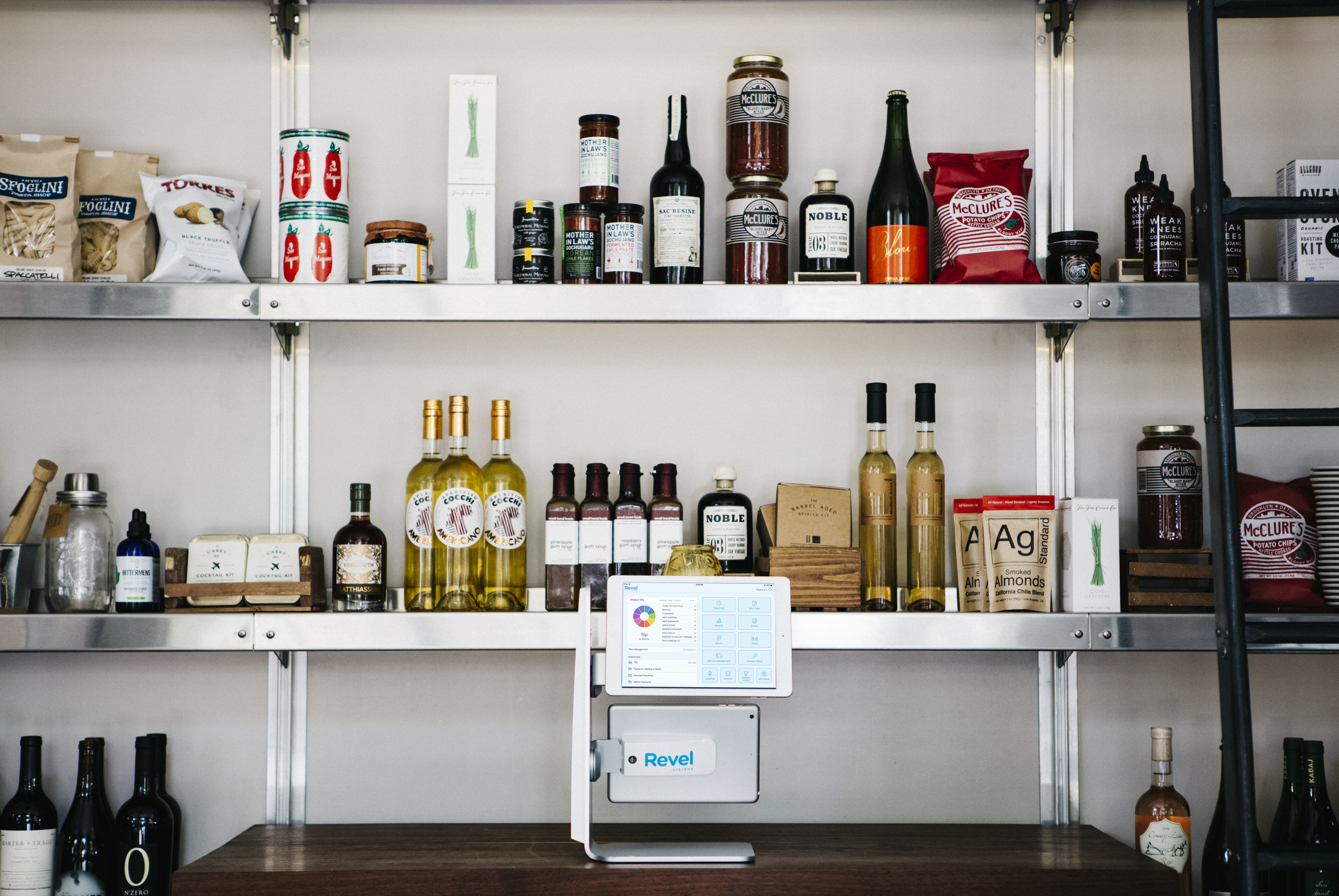Call Sales: +1 (833) 437-3835
Call Sales: +1 (833) 437-3835
Revel | July 22, 2022 |

Slow moving inventory are defined as inventoried items that have had very little customer demand over a given time period. But what constitutes “little” customer demand? And how long of a time period justifies a slow-mover? These are questions you may be asking yourself when you’re conducting inventory audits.
In a competitive landscape where your business’ goal is to grow, grow, grow your focus is on your hot ticket items, the fast-movers. In order to have room for your fast-movers and operate at your highest productivity, it is integral that you identify and manage slow-movers. Inventory is intrinsic to your business and exemplary inventory management is a key growth strategy.
Inventory Turnover Ratio = Cost of Goods Sold / (Beginning Inventory + Ending Inventory)/2
An example by Investopedia states that if company A has $1 million in sales, the cost of goods is only $250,000, and the average product inventory is $25,000. $250,000 divided by $25,000, equals a turnover rate of 10%.
A high turnover rate means your business is selling products as quickly as they come in and a low turnover rate means that product is much slower to move off the shelves. If you’re experiencing low turnover rate you could be ordering too much of a product, resulting in slow moving inventory and operational inefficiencies.
Average days to sell will vary from business to business and product to product. A general rule of thumb is that an item is considered slow-moving if it has had less than six months of demand.
For a more accurate calculation, you can implement forecasting tools. This is particularly critical for those items that operate at different life cycles than your mean moving inventory turnover. If items cannot be accurately forecasted and there is variance in shelf life, you are experiencing slow moving inventory.
This is the cost a business incurs from storing inventory. This could include the cost of storage, depreciation, staffing, maintenance, insurance, security, and the overall cost of capital for the business.
Holding costs may seem trivial at first glance but can accrue into massive losses. A slow-mover doesn’t just hurt sales but creates costly operational inefficiencies when moving products.
Once all the costs have been attributed to the item, determine its current gross profit. This is simply the price of a product minus the cost to make, hold, and sell that good. When you are identifying slow moving inventory as you are tracking inventory, it’s important to see how the costs affect the selling price and what that does to customer demand.
Using short-term and long-term historical data will help you discover patterns in your inventory. Whether it be seasonal, promotional, or overall trends, you can compare inventory turnover rates against customer demand upswings and plateaus. What may seem like minute changes at the time, may need management attention in a longer-term context. Knowing your item’s gross profit, its product inventory costs, and seasonality fluxes will help you identify which inventory is slow moving inventory and empower you to make informed inventory decisions.
46% of SMBs either don’t track inventory or use a manual method.
A shocking number of SMBs are losing sales due to a mismanaged product inventory, which can make or break a business. With a comprehensive inventory system, you can not only identify slow moving inventory but control business costs and enable significant business efficiencies.
With Revel Systems you can do a lot with your inventory management. Some of the features include:
Easily find thousands of items by organizing them in categories. Get granular and display items by size and color in your inventory system.
Low-Stock alerts keep you one step ahead. Setup alerts to let you know when items are low. Generate purchase orders and automatically send to your vendors.Track past year’s sales numbers so you can get results to further fine tune your inventory and ordering process.
Scan and manage your inventory more efficiently than ever. Use your phone as a handheld barcode scanner and inventory management tool to ensure accurate inventory records. Seamlessly sync activity from the Inventory App to your Management Console.
Our inventory management system will minimize your waste and maximize your profits, ensuring you have what you need—but never more than you need—to delight your customers. Additionally, inventory tracking is supported for Online Ordering XT, so that customers are aware of items that are out of stock.
Future-proof your business with Intelligent Reporting including, sales summaries, sales by hour, product mix summaries, complete order history and detailed payment summary reports. Get a free demo today!